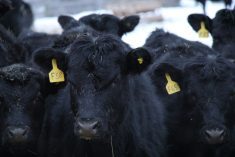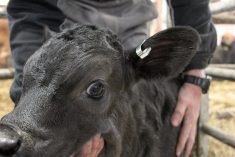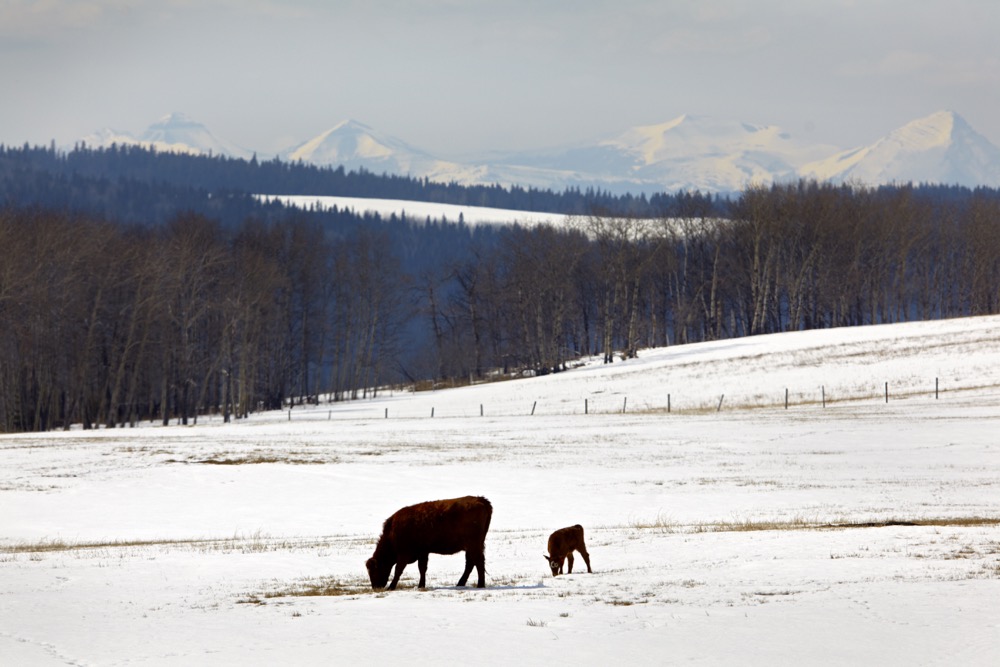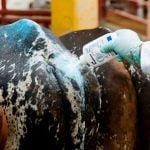Given the weather of recent weeks, hypothermia in newborn calves is a pretty legitimate concern, especially at this time of year.
Tracey Renelt of South Dakota State University says the mortality in U.S. beef herds from birth to weaning ranges from three to seven per cent. The majority of these deaths occur within the first 24 hours and the leading causes are dystocia (difficult births) and hypothermia.
There are two types of hypothermia: exposure (gradual) and immersion (acute).
Exposure hypothermia is the steady loss of body heat in a cold environment through respiration, evaporation, and lack of adequate hair coat, body flesh, or lack of protection.
Read Also

Drought preparation is better than reaction
Glacier FarmMedia – When it comes to drought, imagining the worst may be the best way to start planning for…
Immersion hypothermia is caused by the rapid loss of body heat due to a wet, saturated hair coat in a cold environment. It often occurs after a birth because the calf is saturated with uterine fluids. It also takes young calves born on deep snow and wet ground, or those unfortunate enough to fall into a creek or fall prey to a combination of heavy rain and chilling winds.
Mild hypothermia in beef calves occurs when the body’s core temperature drops below normal, approximately 38 C for beef calves. Severe hypothermia hits below 34 C. At that point vital organs grow cold. Below 30 C, signs of life are difficult to detect and even live calves are easily mistaken for dead.
The use of the thermometer is necessary to determine the degree of hypothermia. Sometimes calves that do not appear to be hypothermic have a temperature below normal when checked. This can happen in calves after a difficult birth if they suffered a lack of oxygen during delivery. These hypoxic calves are slow to dry off and nurse, opening the door to hypothermia.
Rubbing the calf vigorously with clean, dry towels or calf blankets can dry it off and get its core temperature returning closer to normal. Placing the calf by a heater in the house or the floor of a pickup, submersion in a warm bath or a warming box are all methods that successfully restored hypothermic calves.
Feeding warm colostrum as soon as possible speeds recovery and increases the probability of full recovery.
Once the calf has regained a normal body temperature it needs to be returned to its normal environment.
Early treatment is important. Severely hypothermic calves can be saved. However, they often are set back from the experience and their immune system may be compromised. Thus, these calves should be watched more closely as further health complications may arise.















